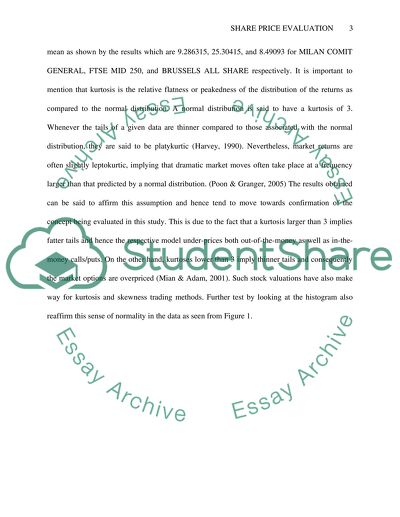Cite this document
(“Business Forecasting: Share price evaluation Essay”, n.d.)
Retrieved from https://studentshare.org/finance-accounting/1397747-financial-modelling-and-business-forecasting
Retrieved from https://studentshare.org/finance-accounting/1397747-financial-modelling-and-business-forecasting
(Business Forecasting: Share Price Evaluation Essay)
https://studentshare.org/finance-accounting/1397747-financial-modelling-and-business-forecasting.
https://studentshare.org/finance-accounting/1397747-financial-modelling-and-business-forecasting.
“Business Forecasting: Share Price Evaluation Essay”, n.d. https://studentshare.org/finance-accounting/1397747-financial-modelling-and-business-forecasting.


